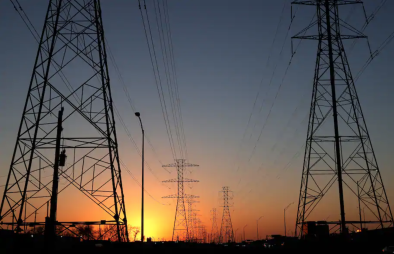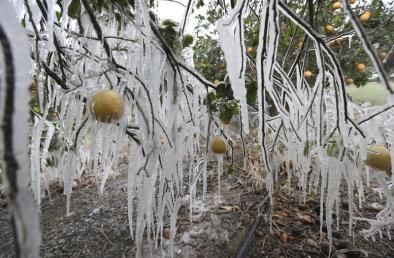Science Source
Evidence linking rapid Arctic warming to mid-latitude weather patterns
- States that the emergence of Arctic amplification—the enhanced sensitivity of high-latitude temperature to global warming—in only the last 10–20 years presents a challenge to identifying statistically robust atmospheric responses using observations
- Presents new metrics and evidence that suggest disproportionate Arctic warming—and resulting weakening of the poleward temperature gradient—is causing the Northern Hemisphere circulation to assume a more meridional character (i.e. wavier), although not uniformly in space or by season, and that highly amplified jet-stream patterns are occurring more frequently
- Further analysis based on self-organizing maps supports this finding
- States that these changes in circulation are expected to lead to persistent weather patterns that are known to cause extreme weather events
- Concludes that as emissions of greenhouse gases continue unabated, therefore, the continued amplification of Arctic warming should favor an increased occurrence of extreme events caused by prolonged weather conditions
Related Content
Science Source
Warm Arctic, Cold Continents: A Common Pattern Related to Arctic Sea Ice Melt, Snow Advance, and Extreme Winter Weather
Judah Cohen, Justin E. Jones, Jason C. Furtado et al
Headline

Feb 23, 2021 | Washington Post
Deadly Texas blackout shows our vulnerability to coming climate extremes
Headline

Feb 19, 2021 | Associated Press
EXPLAINER: Topsy-turvy weather comes from polar vortex
Headline

Feb 19, 2021 | Reuters
Freak cold in Texas has scientists discussing whether climate change is to blame


